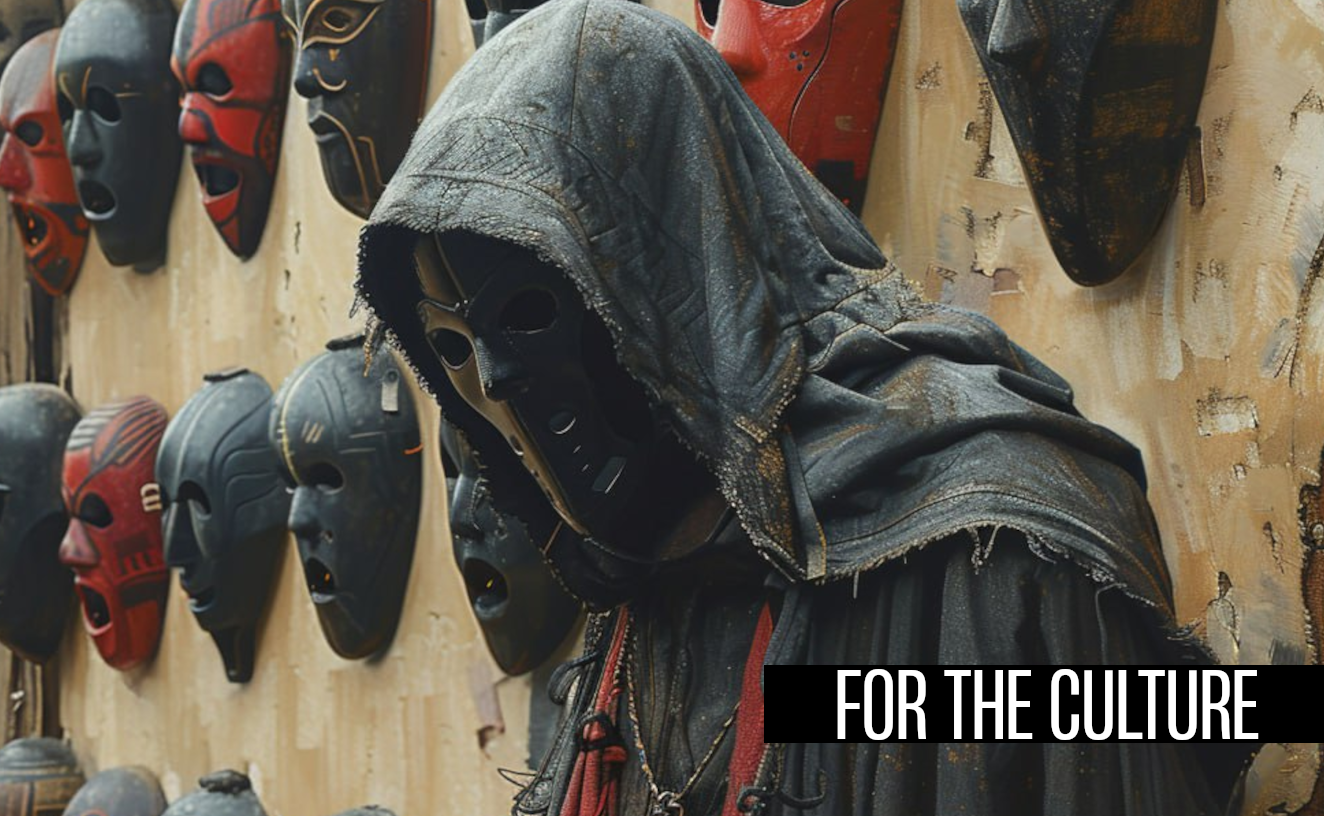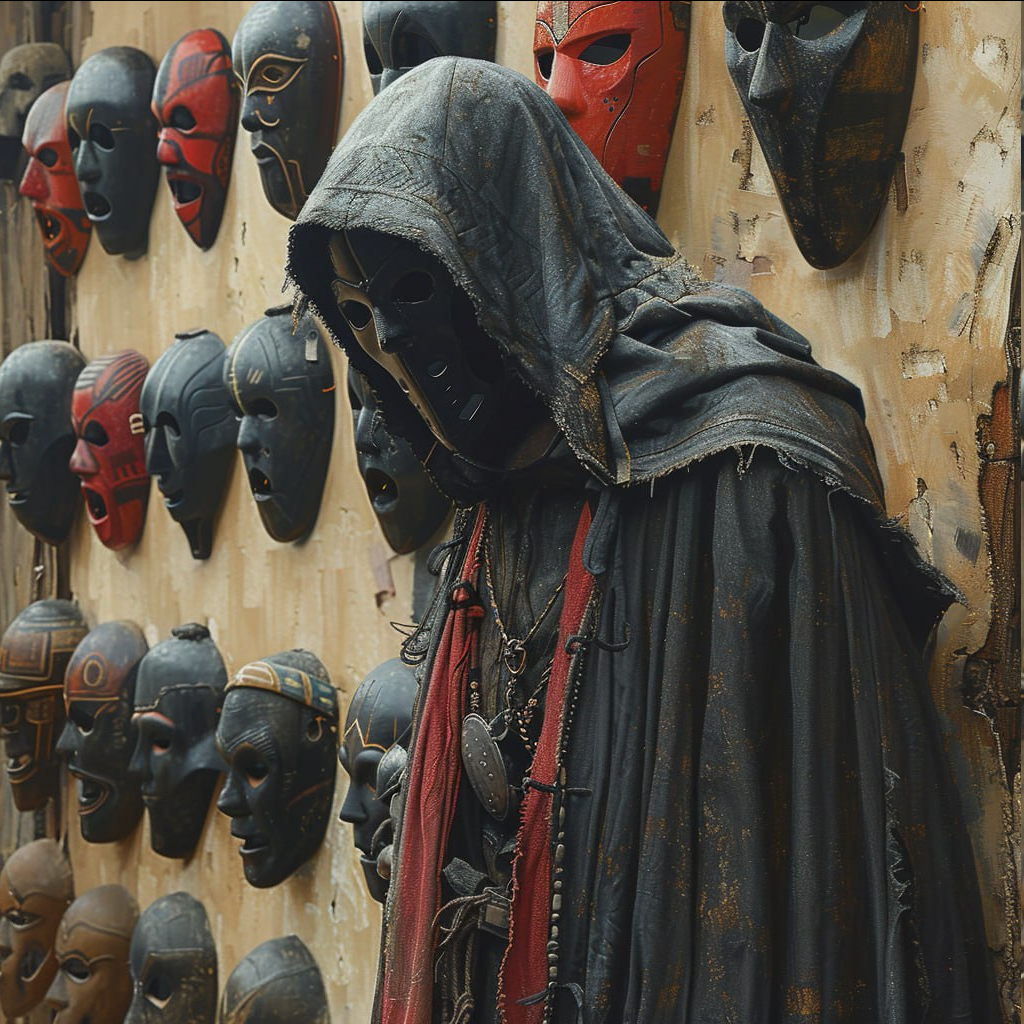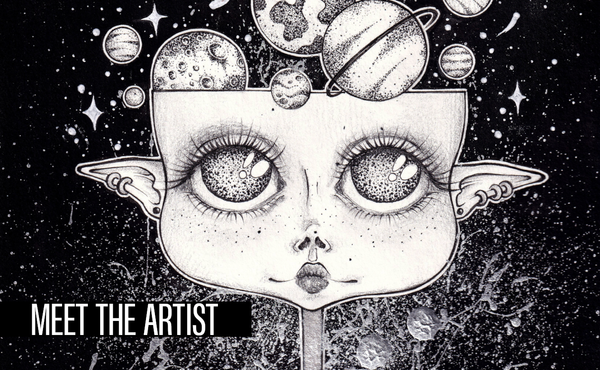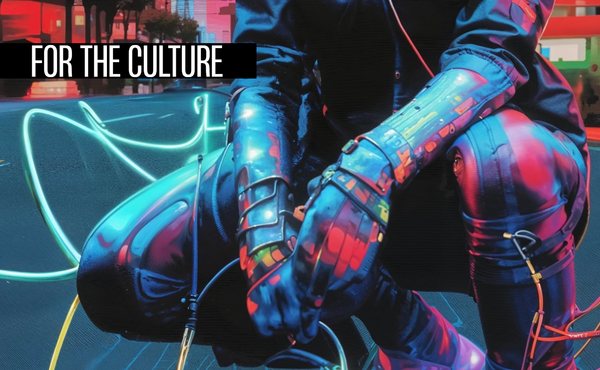Ancient Rome and NFTs: A Surprising Connection
Roman statues, with interchangeable heads, were a testament to the Roman innovative spirit. This concept of changeability parallels today's layered NFTs.

Picture this, you're strolling through ancient Rome, where togas are the height of fashion, and statues serve as the social media of the era. These aren't just any ordinary statues though; they're unique pieces of art and engineering, highly representative of the innovative Roman spirit.
The Romans were known for their creative ideas, and one of these is the interchangeable heads on their statues. These statues, usually made in the likeness of public figures, were far from ordinary.
But why, you might ask, would they have interchangeable heads?
The answer lies in the unpredictable and ever-changing political climate of Rome. Leaders came and went like changing seasons, and each new leader desired to have their own statue. But crafting a fresh statue every time was not only time-consuming but also impractical. So, the Romans, with their knack for innovation, devised a clever solution: interchangeable heads.
They would craft a statue of a typical Roman individual, dressed in the quintessential toga. The innovative part was the detachable head. Each time a new leader rose to power, a new head, bearing the likeness of this leader, would be sculpted and fitted onto the existing statue. A brilliant solution to a real problem, and a testament to the Romans' resourcefulness and ingenuity.

Now, let's fast forward a couple of millennia. This ingenious concept of interchangeable heads may remind you of something quite contemporary: Non-Fungible Tokens, or NFTs, especially the layered ones. Much like the Romans who swapped statue heads, digital artists today create layers within their digital art. These layers can be swapped, added, or removed to create something new, while still retaining the original piece's identity.
So, in a way, ancient Roman statues were the primitive equivalent of today's layered NFTs. Both reflect a blend of creativity, practicality, and innovation. Both allow for change while preserving the original's essence.
In the end, Roman innovation foreshadowed innovation today. The interchangeable heads are more than just a humorous anecdote from the annals of history. They're a testament to the inventive spirit of the Romans, a practical solution to a real problem, and a surprising parallel to modern digital art practices. So, hats off, or should we say, heads off, to the Romans for this ingenious display of practicality and creativity!





